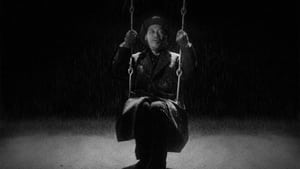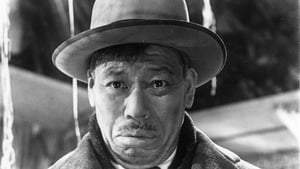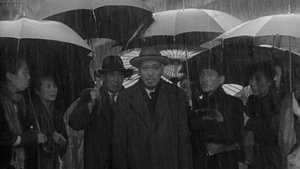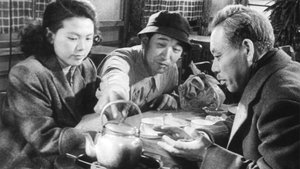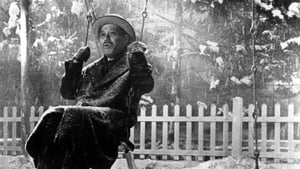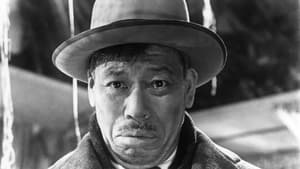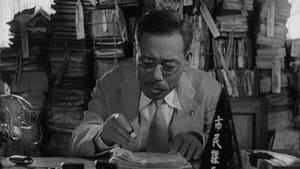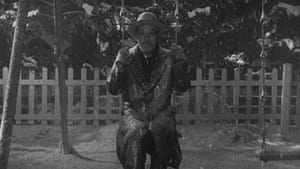Contact: [email protected]
Video Sources 0 Views

Ikiru Colorized 1952: How to Bring New Life to Best Old Films
Synopsis
[ez-toc]




Introduction
In the realm of classic cinema, where black and white images evoke a sense of nostalgia and artistry, the concept of colorizing old films has sparked both curiosity and controversy. One such film that has recently undergone this transformative process is the 1952 Japanese masterpiece, “Ikiru Colorized,” directed by the legendary Akira Kurosawa. In this article, we delve into the history and significance of “Ikiru Colorized,” explore the themes of mortality and purpose it contemplates, and scrutinize the impact of colorization on this cinematic gem.
Read Media File Transfer Agreement: Terms and Conditions
Read FAQ
The History and Significance of “Ikiru Colorized”
“Ikiru Colorized,” a poignant exploration of life and its meaning, emerged from the creative genius of Akira Kurosawa. Released in 1952, the film was a collaborative effort with screenwriters Shinobu Hashimoto and Hideo Oguni. The heart of the narrative revolves around Kanji Watanabe, portrayed by the remarkable Takashi Shimura, a bureaucratic functionary diagnosed with terminal cancer. Confronting his mortality, Watanabe embarks on a quest for purpose and fulfillment.
Takashi Shimura’s nuanced portrayal of Watanabe adds depth to the character, capturing the audience’s empathy and introspection. The film’s narrative structure, a blend of flashbacks and present-day events, amplifies the emotional impact, creating an enduring masterpiece that resonates across generations.
Exploring the Themes of Mortality and Purpose in “Ikiru Colorized”
At its core, “Ikiru Colorized” draws inspiration from Leo Tolstoy’s “The Death of Ivan Ilyich.” Both works grapple with the inevitability of death and the search for meaning in life. Kurosawa masterfully weaves these themes into the fabric of “Ikiru Colorized,” presenting a profound reflection on the human condition.
As Watanabe navigates Tokyo’s bureaucratic maze, the film invites viewers to contemplate their own existence. The juxtaposition of the mundane with the profound serves as a mirror, prompting introspection on the choices and legacies we leave behind.
The Role of Bureaucracy in “Ikiru Colorized” and Its Visual Narrative
Tokyo’s nightlife becomes a canvas for Kurosawa’s exploration of bureaucracy’s impact on individuals. Watanabe’s bureaucratic struggles mirror the dehumanizing effects of red tape, illustrating how the system can stifle human potential. In the original black and white version, the stark contrasts accentuate the oppressive nature of bureaucracy. Colorization, however, introduces new dimensions, altering the visual narrative and prompting viewers to reevaluate the emotional weight of the scenes.
Understanding Colorization in Film Restoration
The process of colorizing old movies involves infusing hues into monochromatic frames, offering a contemporary twist to cinematic classics. Advocates argue that colorization rejuvenates these films, making them more accessible to modern audiences. However, purists argue that it compromises the artistic integrity of the original work.
The Process of Colorizing “Ikiru Colorized”
Toho Company, a powerhouse in Japanese cinema, took on the ambitious task of colorizing “Ikiru.” The company’s expertise in film production and restoration made them the perfect candidate for this challenging endeavor. The colorization process required meticulous attention to detail, ensuring that the hues chosen resonated with the film’s emotional tone while preserving Kurosawa’s directorial vision.
Examining the Impact and Reception of the Colorized Version
The release of the colorized version of “Ikiru Colorized” ignited debates among cinephiles. Some applauded the vibrancy injected into the once monochrome frames, arguing that it enhanced the viewing experience. Others, however, remained skeptical, contending that the colorization diluted the film’s authenticity.
Viewers in Tokyo, where the film is set, found a renewed connection to the city’s landscapes through the colorized lens. The cherry blossoms, once confined to shades of grey, burst forth in a riot of pinks and whites, symbolizing the transient beauty of life. Reviews varied, with some praising the bold step in colorization, while others felt it tampered with the film’s timeless essence.
The Enduring Legacy of “Ikiru Colorized” as a Cinematic Masterpiece
“Ikiru Colorized” has left an indelible mark on the world of cinema, influencing filmmakers across the globe. Steven Spielberg, in particular, has cited Kurosawa’s masterpiece as a source of inspiration for his own cinematic endeavors. The film’s exploration of the human condition, coupled with its visual and narrative brilliance, has solidified its place as a timeless classic.
Preserving Artistic Integrity While Embracing Technological Advancements
The colorization of “Ikiru” raises questions about preserving the artistic integrity of old films while embracing technological advancements. Miki Odagiri, the film’s supporting character, an office lady with her aspirations and struggles, becomes a metaphor for the delicate balance between tradition and innovation. Colorization, when approached with sensitivity, can breathe new life into classics without overshadowing their intrinsic value.
Conclusion
“Ikiru Colorized 1952” stands as a testament to the enduring power of storytelling and the willingness to adapt to new technologies. While the colorization of old films may be met with skepticism, it opens avenues for a new generation to appreciate the brilliance of cinematic masterpieces. As we navigate the delicate dance between preserving the past and embracing the future, “Ikiru” remains a shining example of how a splash of color can rejuvenate and reintroduce classic films to audiences old and new. In the ever-evolving landscape of cinema, the heart of “Ikiru” beats on, reminding us to savor the beauty of life and the artistry of those who capture it on celluloid.
